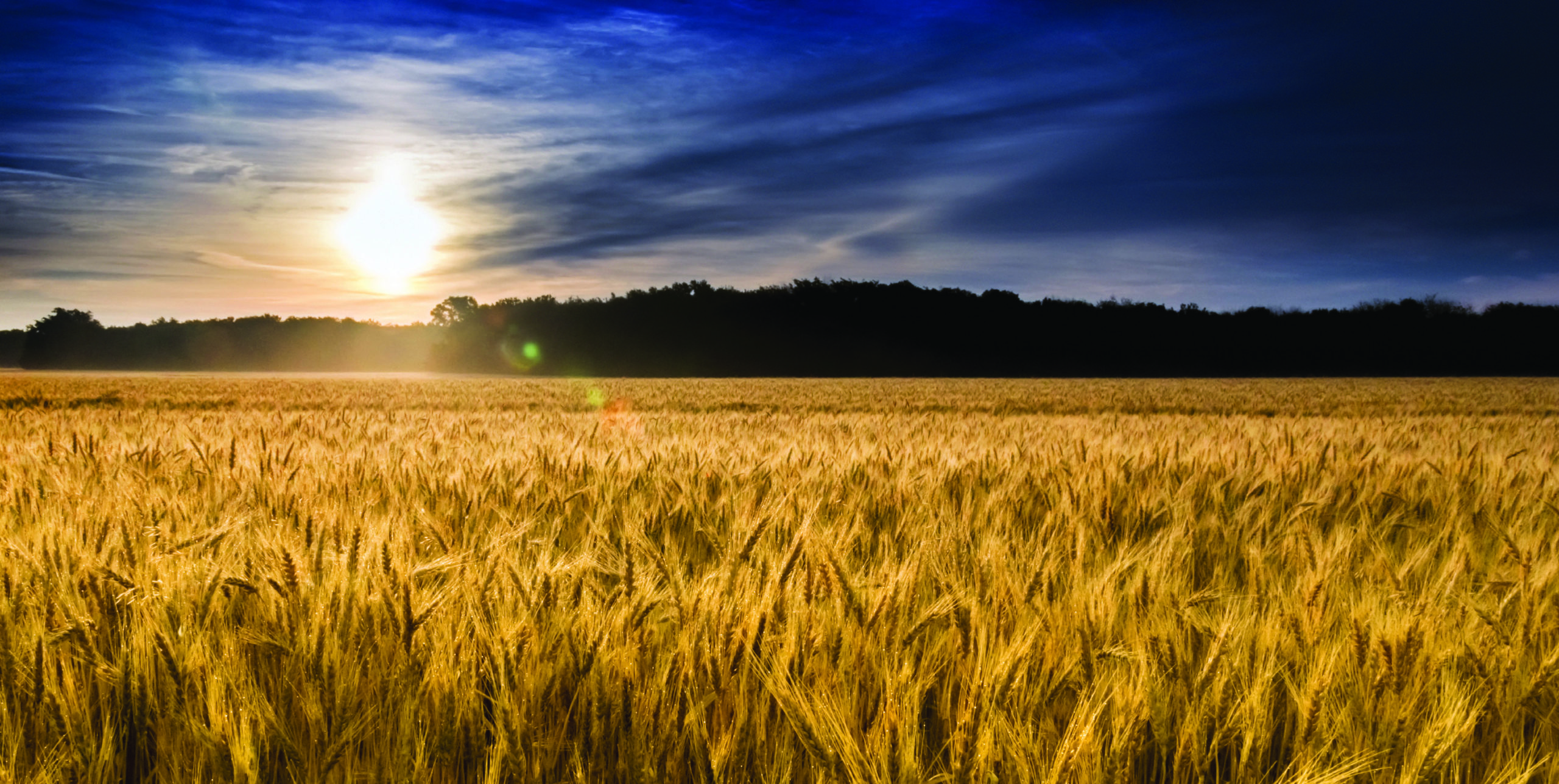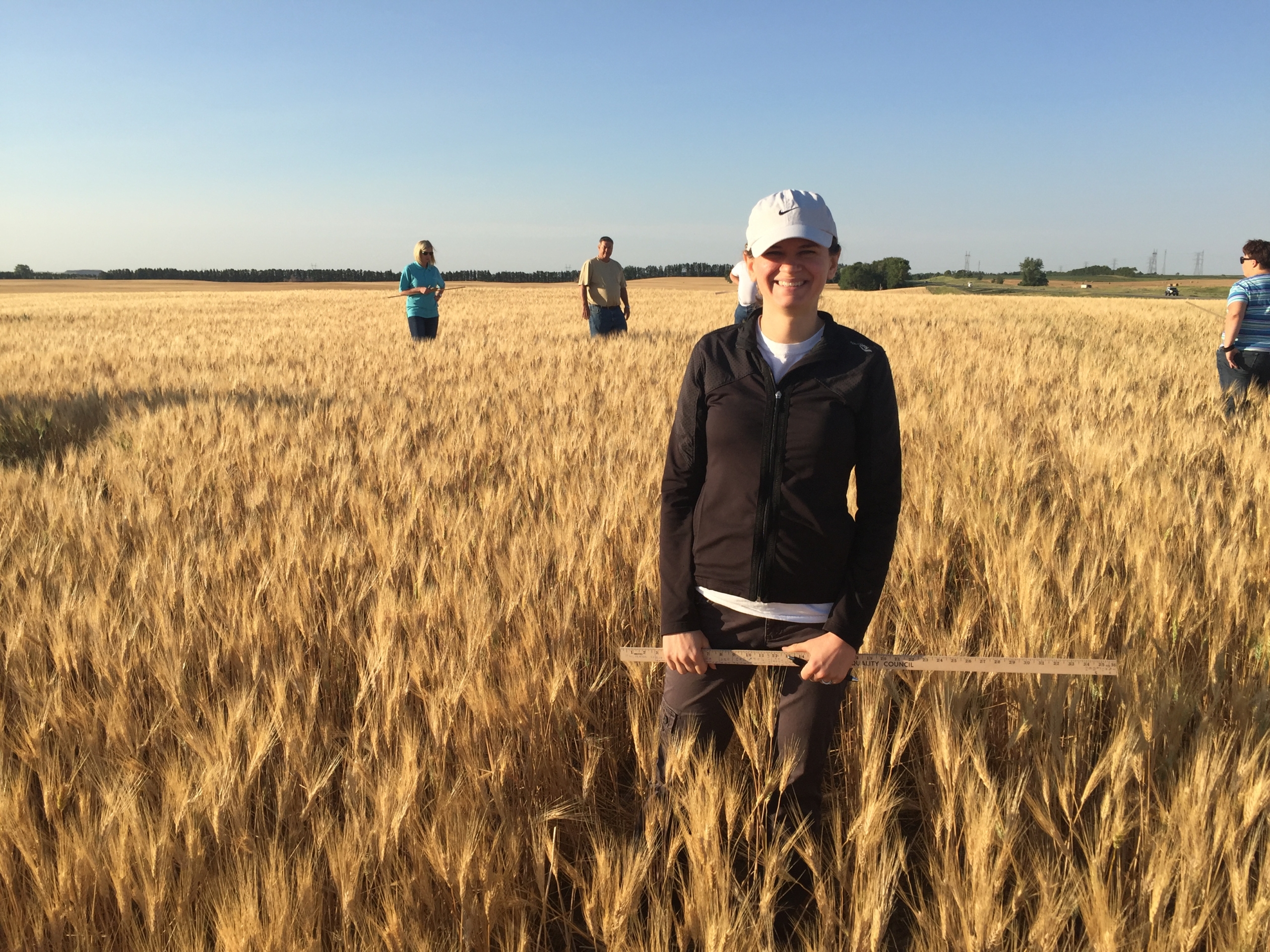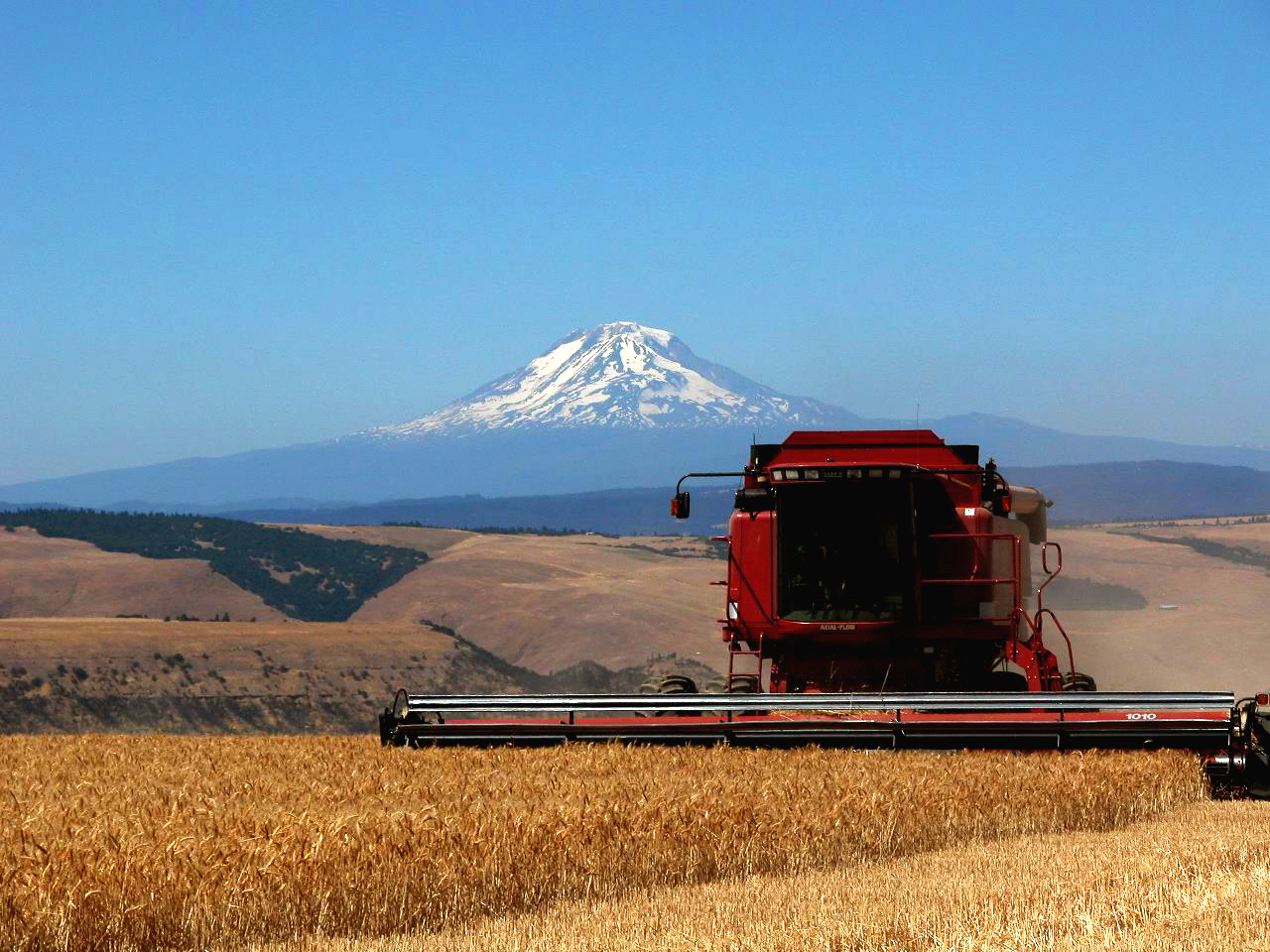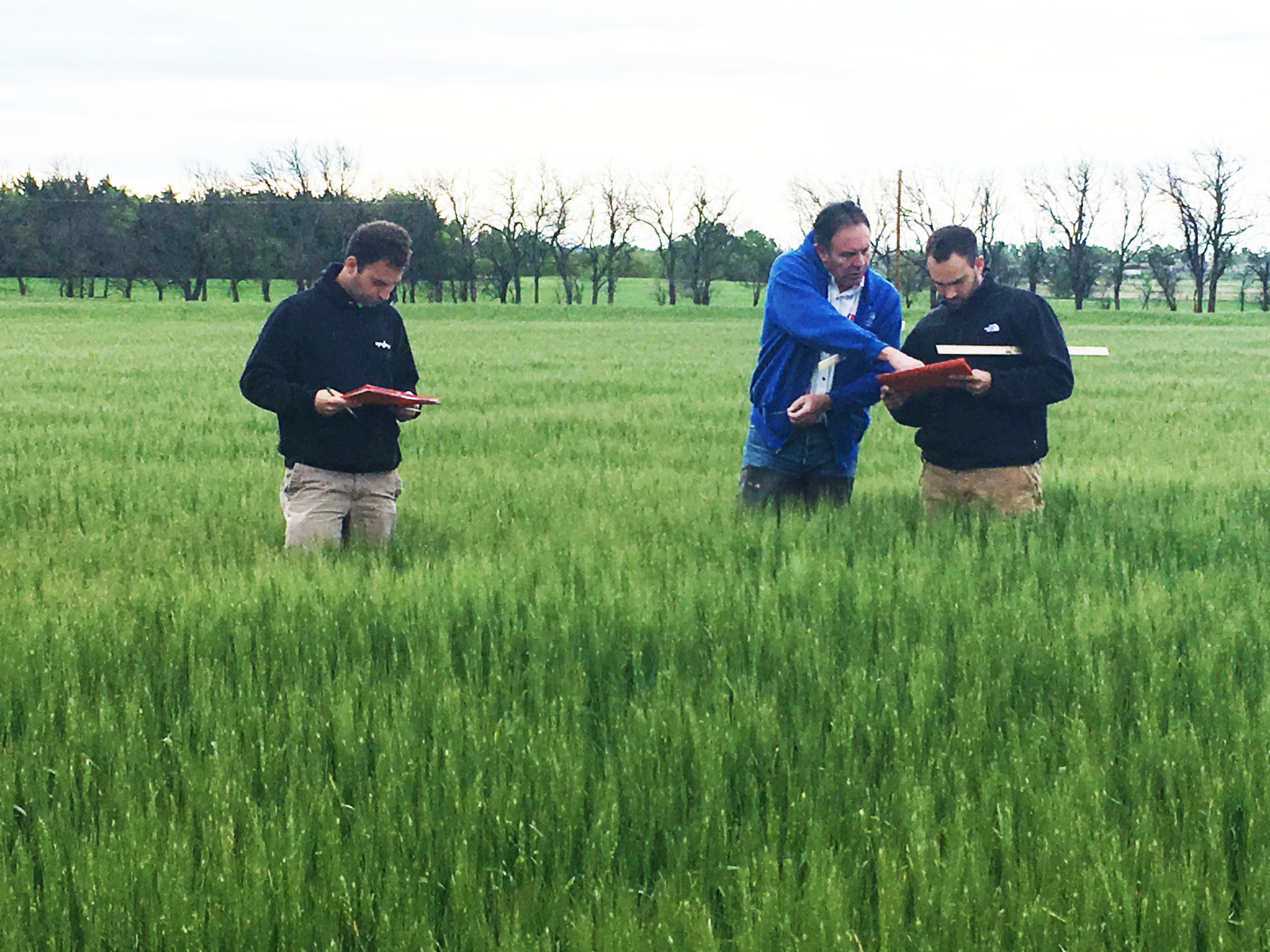U.S. farmers produced lower volumes of a very good SRW crop for marketing year 2017/18. This SRW crop has uniformly low dockage, good test weight, somewhat lower protein, very good kernel size and weight, low DON values and no notable pockets of low falling number. Flour extraction rate is somewhat lower than last year.
That is a good summary of results from USW’s 2017 SRW Quality Survey Report, now posted online at www.uswheat.org/cropQuality. To complete the report, Great Plains Analytical Laboratory in Kansas City, Mo., collected and analyzed 270 samples from 18 reporting areas in the 11 states that account for 77 percent of total SRW 2017 production. USW and the USDA FAS fund the annual SRW survey.
Economic conditions kept 2017 SRW seedings down and USDA estimates production at 8.3 MMT. That is down from 9.4 MMT in 2016 and well below the 5-year average. However, USDA estimates that the total SRW supply (excluding imports) for the 2017/18 marketing year is 4 percent higher than 2016/17 because of higher 2017/18 beginning stocks.
The overall average 2017 SRW grade is U.S. No. 2. The overall weighted average test weight is 59.1 pounds per bushel, which is above the 5-year and 2016 averages. The Gulf Port average is similar to 2016, while the East Coast average is well-above its 2016 average. The Gulf Port dockage value of 0.3 percent is lower than any recorded in the previous five years. Other grade factors, including moisture and dockage for both areas are similar to or better than the 5-year averages.
The survey indicates almost no significant quality issues with the crop in any area. Average wheat protein content of 9.5 percent (12 percent moisture basis) is similar to last year and only slightly below the 5-year average of 9.8 percent. The 2017 East Coast and Gulf Port protein averages are similar. However, the East Coast average protein of 9.4 percent is below the region’s 2016 and 5-year averages, while the Gulf Port average of 9.5 percent is above the region’s 2016 average of 9.1 percent and slightly below its 5-year average. The composite average falling number of 319 seconds is below 2016, but above the 5-year average. The composite DON average of 0.4 ppm is below the 2016 value of 0.6 ppm and well-below the 5-year average of 1.3 ppm, indicating that the crop sampled is relatively free of DON. The East Coast DON value of 0.8 ppm and the Gulf Port value of 0.3 ppm are both below last year’s values and 5-year averages.
A summary of flour and baking data shows Buhler laboratory mill flour extraction averages overall are below the 2016 and 5-year averages. The composite farinograph peak and absorption values are similar to 5-year averages, but the stability value of 2.2 minutes is slightly shorter than last year and the 5-year average. The Gulf Port peak and stability averages of 1.3 min and 2.4 min, respectively, are similar to last year and the 5-year averages, while the East Coast peak and stability values of 1.2 min and 1.7 min are both shorter than last year and the 5-year averages. The composite and Gulf Port alveograph W values of 91 and 93, respectively, are higher than the 5-year averages. The East Coast alveograph W values and the remaining L and P values for the composite and both regions are all similar to the 5-year averages, given the variability of alveograph analysis. The composite and Gulf Port cookie spread ratios are lower than last year and the 5-year average while the average loaf volumes are all similar to last year and the 5-year averages.
Buyers are encouraged to construct specifications carefully to be sure they receive qualities that meet their needs either for traditional soft wheat products or for blending with higher protein wheat.
USW will share complete data for all classes of U.S. wheat with hundreds of overseas customers at USW’s annual Crop Quality Seminars, and in its annual Crop Quality Report.









